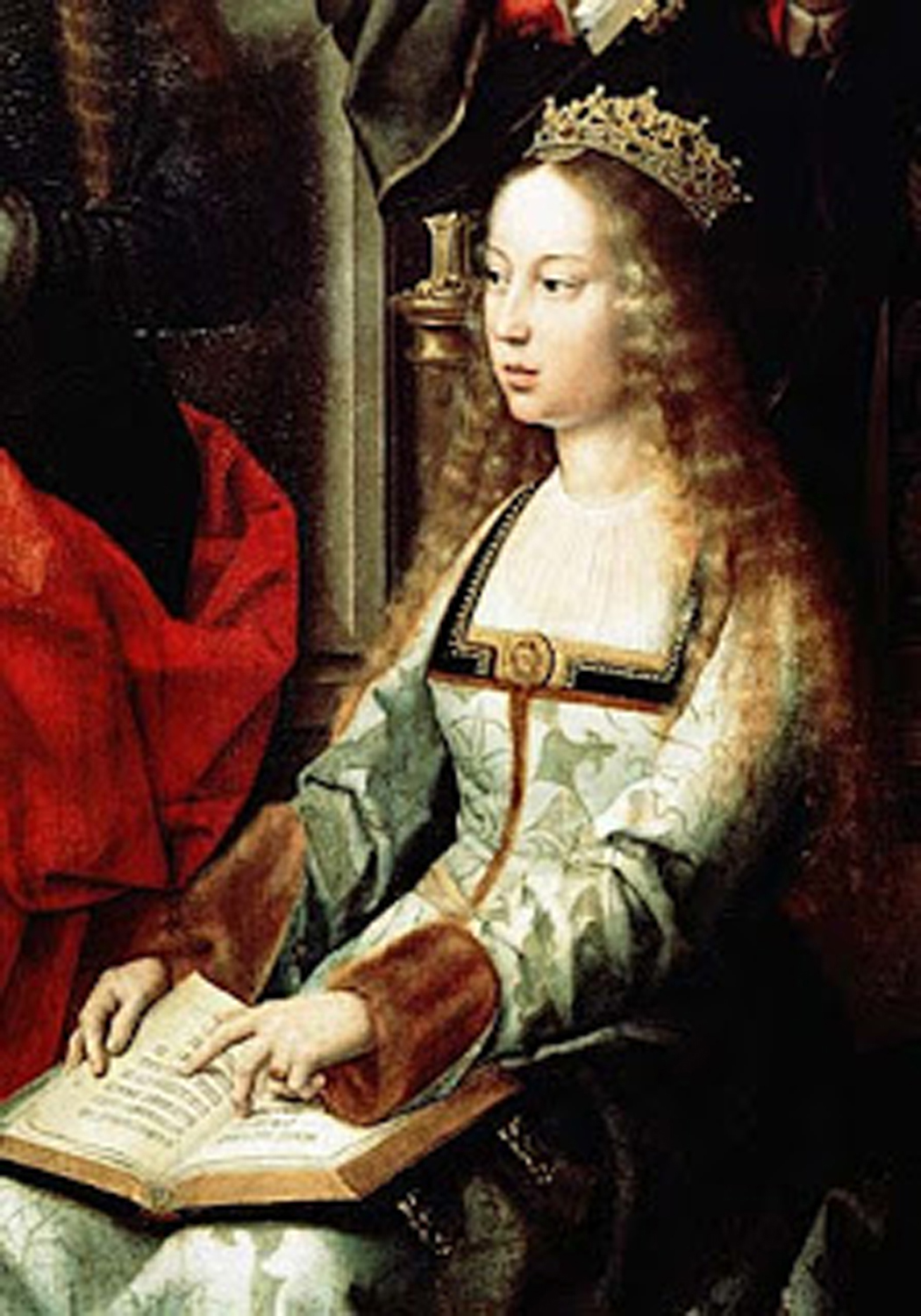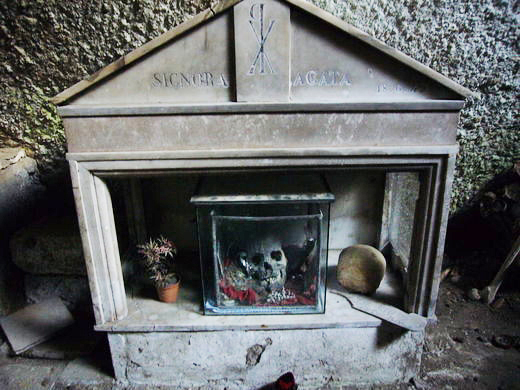When Isabella of Castile and Leon was born in 1451, no one ever imagined this princess would grow up not only to inherit the throne, but become Spain’s most accomplished Queen. Her marriage to Ferdinand of Aragon unified Spain. Together this remarkable couple turned the nation into a world power.
Known as Isabel la Católica (Isabella the Catholic) for her devotion to her faith, both Isabella and Ferdinand (the “Catholic Monarchs”) attempted to also unify Spain under one religion. This led to the expulsion of the Moors and Jews, as well as the infamous Spanish Inquisition, but Isabella was also the Queen who provided some of the financing for Christopher Columbus’ voyages.
After a number of attempts to marry her off to the Portuguese King and to a brother of the French King, she took matters in her hands and agreed to secretly marry Ferdinand, the heir to Aragon.
Ferdinand’s Aragon was a smaller, vulnerable kingdom, so an alliance with Castile was advantageous. For Isabella, he was the best choice. He was almost the same age, just one year younger, plus he spoke the same language and shared the same culture.
They were married for nearly 35 years at a time when many marriages barely lasted a decade. Part of the reason behind that figure was based on the number of deaths during childbirth, estimated to be as high as 33 percent. Isabella and Ferdinand had four daughters and one son live to adulthood; a second son died at a young age.
The King and Queen worked extremely well together when the nation was at war. Ferdinand led the army, while Isabella made sure that the army was well provisioned. Many military campaigns were mounted to deal with the Moors in Granada to the south and Isabella visited the battlefronts on numerous occasions. The sight of their Queen at the battlefield rallied the troops and the Moors grew to fear her appearance. During one crucial campaign, Isabella was forced to pawn the crown jewels to raise money for supplies. This may be the reason that many often attribute the pawning of her jewels to fund the Columbus expedition. In any event, Granada eventually fell in 1492.
With the Moors finally expelled, Isabella and Ferdinand could focus on another means of expanding Catholicism and Christopher Columbus finally obtained enough financing to sail across the Atlantic after years of waiting. The story about Isabella pawning her jewels to fund his voyage is not true. What she actually said was, “I will assume the undertaking for my own crown of Castile and am ready to pawn my jewels to defray the expenses of it, if the funds in the treasury should be found inadequate.” The kingdom’s treasury might have been low, but Isabella did not have to pawn her jewels. Half of the money came from Genoese private investors that Columbus had lined up and the rest from the creative shuffling of various royal accounts.
Unfortunately, madness ran in Isabella’s family. It affected her mother and her second oldest daughter Juana. Her descent into madness like her grandmother, left Isabella physically and psychologically drained. Juana was already neurotic and emotionally unstable before she married Philip the Handsome of Hapsburg, but she became irrationally obsessed with him. He turned out to be a rather abusive husband, which certainly did not help her fragile mental state. Juana and Philip’s eldest son, Charles, the future Charles V, Holy Roman Emperor, became heir to Castile and Aragon.
When Isabella carefully made out her will, she saw to it that Juana would inherit her crown, but if she was incapacitated for any reason, then Ferdinand would be the regent until their grandson Charles was old enough to rule. With Juana’s descent into madness, this provision turned out to be necessary.
Spain’s greatest Queen died in 1504 at age 53. Her 30 years as Queen made Spain one of the most admired countries in Europe. Ferdinand himself died in 1516. By then, the mighty Spanish Empire was beginning to wane and would never reclaim the might and glory that it had enjoyed under the reign of Isabella and Ferdinand.





